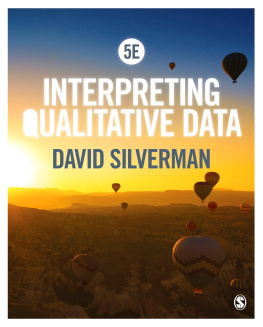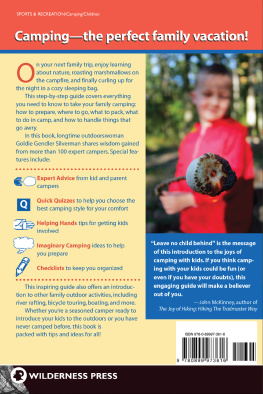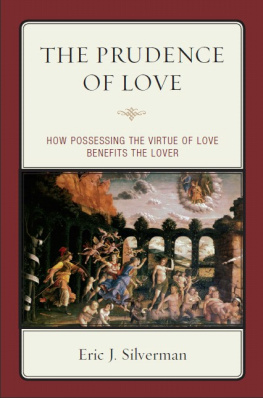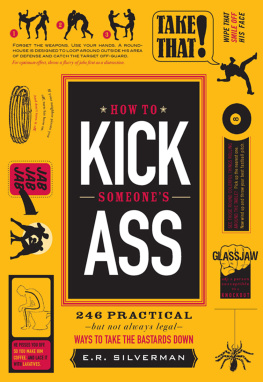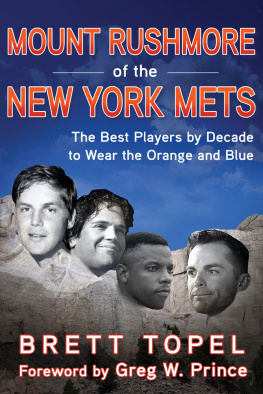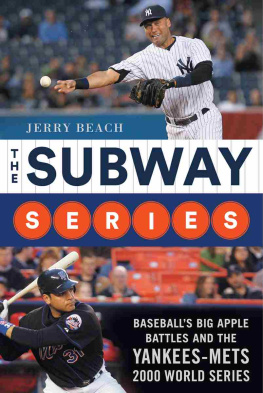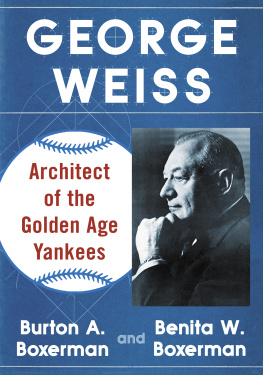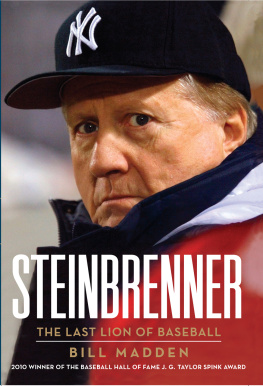
ALSO BY MATTHEW SILVERMAN
100 Things Mets Fans Should Know and Do Before They Die
Baseball Miscellany: Everything You Always Wanted to Know about Baseball
Best Mets: Fifty Years of Highs and Lows from New Yorks Most Agonizingly Amazin Team
Cubs by the Numbers (with Al Yellon and Kasey Ignarski)
Mets by the Numbers (with Jon Springer)
Mets Essential: Everything You Need to Know to Be a Real Fan
New York Mets: The Complete Illustrated History
Red Sox by the Numbers (with Bill Nowlin)
Shea Goodbye (with Keith Hernandez)
Swinging
BASEBALL'S WILDEST SEASON
THE INCREDIBLE YEAR THAT BASEBALL GOT
THE DESIGNATED HITTER, WIFE-SWAPPING
PITCHERS, WORLD CHAMPION A'S, AND WILLIE
MAYS SAID GOODBYE TO AMERICA
Matthew Silverman

Copyright 2013 by Matthew Silverman
All rights reserved. No part of this book may be reproduced or transmitted in any form by any means, electronic or mechanical, including photocopying and recording, or by any information storage and retrieval system, except as may be expressly permitted in writing from the publisher. Requests for permission should be addressed to Globe Pequot Press, Attn: Rights and Permissions Department, P.O. Box 480, Guilford CT 06437.
Lyons Press is an imprint of Globe Pequot Press.
Text design: Sheryl P. Kober
Layout artist: Justin Marciano
Project editor: Ellen Urban
Library of Congress Cataloging-in-Publication Data is available on file.
ISBN 978-0-7627-8060-0
Printed in the United States of America
E-ISBN 978-0-7627-9322-8
For Jan Silverman
Forgive me. Its my night, but its your night, too. I hope you go on to win the flag for the New York people.... There always comes a time for someone to get out, and I look at the kids over here, the way theyre playing and the way theyre fighting for themselves, and it tells me one thing: Willie, say goodbye to America.
Willie Mays, Shea Stadium, September 25, 1973
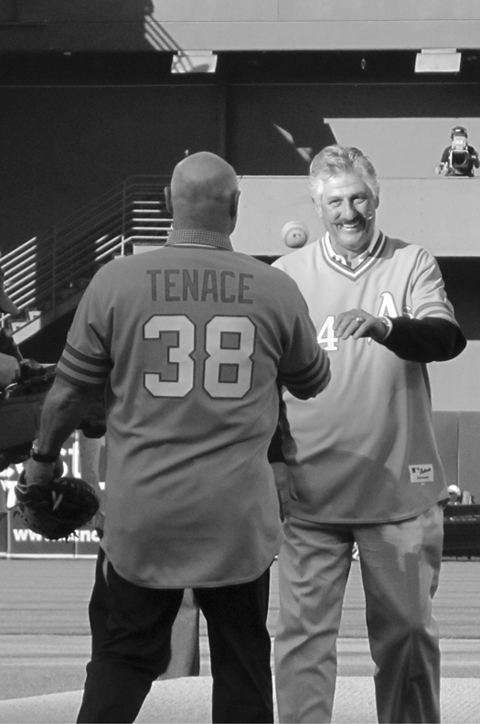
Rollie Fingers throwing out the first pitch to Gene Tenace in April 2012 AUTHOR PHOTO
Prologue
REUNION
S uddenly they appear from an elevator. Its difficult to tell who they are at first, though the small gathering of media knowingly eyes them. The dozen men who step into the otherwise empty East Side Club at the Oakland Coliseum look like three foursomes on Senior Day at the local golf course, their hair a little thin or gone, some still trim but others feeling gravitys pull on their midsections. In the time that it takes for an intern to hand each of them a yellow numbered jersey, name stitched on the back, these men have instantly transformed. They are As again.
This group isnt your run-of-the-mill collection of former ballplayers; theyre the first Bay Area team to win a world championship: three years before the neighboring Golden State Warriors won their lone National Basketball Association title, four years before the Oakland Raiders captured their first National Football League title, a decade before the San Francisco 49ers won their first Super Bowl, and 38 years ahead of the first of two World Series claimed by the San Francisco Giants. Here on a sultry Friday night in April 2012, with barely a puff of wind, a smattering of TV cameras, microphones, and writers greets the As. Meanwhile, on the other side of the Coliseum, reporters tarry in the press area, eat dinner, pound out pregame notes for the opener of an Oakland-Cleveland series that even three weeks into the season seems mundane. But there are other reasons that the reunion isnt getting all the coverage it merits.
You have to be at least 50 years old for the [1970s] As to mean anything, says Art Spander, who covered these As in their prime for the San Francisco Chronicle and still writes about them frequently on the web. I think that this is one of the great problems... theres no sense of history anymore.
I have tried to impart on our media that would cover us that [the 1972 As] brought the first championship in any major sport in the Bay Area, explains Bob Rose, Oaklands current public relations director and a Bay Area native. Trying to have people think about what it must have been like, for a franchise that had only moved to the Bay Area four years previous in a newly christened stadium... That four years later they won the first world championship of any sport in the Bay Area and then three years later to have a certain core of this group win their third straightthat really puts them in rarefied air.
Yet a concession by Rose gets to the heart of the deal between then and now: I understand what have you done for us lately. And at this point in 2012, lately didnt yet include the teams strong September finish, which vaulted them over the heavily favored Texas Rangers for the AL West title. The 2012 As, with the lowest payroll in the American League, rallied to force a deciding fifth game against the Tigers in the Division Series, but Justin Verlander shut out Oakland in the finale. Yet many minutes after the 60 game was over and the Tigers took their celebration into the visiting clubhouse, the Coliseum reverberated with the fans yelling over and over: Lets go Oakland! A chant that also happens to be the name of a group trying to keep the As in the city they have called home since 1968.
The relationship between the ballclub and Oakland is ever changing. Even the name of the teams maligned home requires explanation. The Oakland Coliseum officially became O.co Coliseum as part of a 2011 rebranding strategy by online retailer overstock.com, which bought the stadium naming rights. The companys name change was so poorly received by consumers that the retailer backed off the name, though O.co stuck to the Coliseumbaseballs fifth oldest stadium. Unlike its eldersFenway Park, Wrigley Field, Dodger Stadium, and Angel Stadiumthe Coliseum, by any name, invokes little nostalgia for either its tenants or its patrons. The Coliseum is a home that everyone involved wants to see replaced. The new address is where viewpoints skew.
Despite their recent success, the As of the 21st century exist in market limbo. Even as the 1972 As marshaled their forces for the 40th reunion in Oakland, that mornings newspapers, websites, TV sound bites, and tweets burst with news of the beloved 49ers breaking ground on a new stadium in Santa Clara. The As can only look on in envy. With their Coliseum lease set to run out after 2013, they dream of Santa Clara County, specifically San Jose, the Bay Areas largest city by all metrics, just as Charlie Finley, who brought the As to Oakland, long dreamed of other cities before the As vacated Kansas City after the 1967 season.
The 2012 As were the last remaining major league team sharing a stadium with an NFL cluband sharing it in name only. When the Raiders returned in 1995 after 13 years in the bright lights of Los Angeles, Oakland prostrated itself to welcome back the prodigal team. The As opened the 1996 season playing home games in a minor league park in Las Vegas that held just 10,000 people. They returned to the Bay Area to find a new football edifice, a monolith of green seats above center field, left-center, and right-center; a mass of concrete crammed with seats and suites that the As could never expect to fill replaced the majestic view of the Oakland hills. For baseball season, four dozen custom-sized tarps cover these seats, the concealment cutting stadium capacity to the smallest figure in the majors: approximately 35,000about 5,000 fewer than the home of the Little League World Series in Williamsport, Pennsylvania.
Next page

